Experienced adventure rider or not, if you’re a Ducati rider it’s well worth getting along to a DRE Adventure Academy
Forget about engine upgrades and bling: the best way to get faster is to get some rider training. Even if you’re an experienced rider with plenty of miles under your belt, you, like all of us, can still benefit from some coaching.
There are countless mobs offering adventure bike rider training, but for those of you with a Ducati Multistrada or DesertX in the shed the Italian firm is now offering training aimed squarely at you.
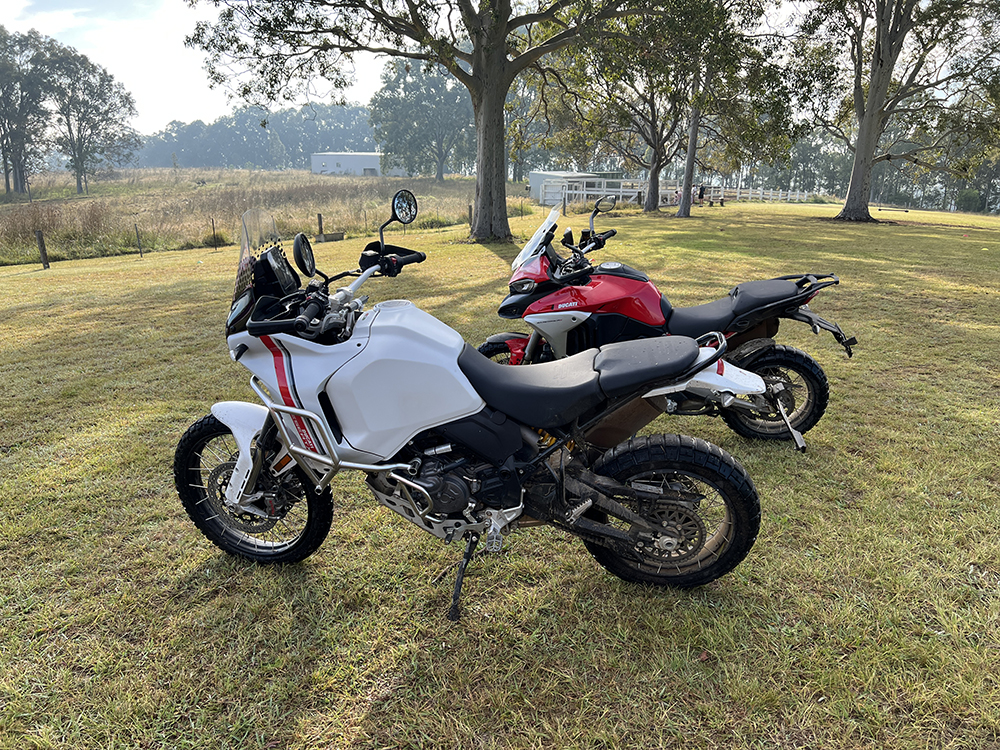
I recently attended the very first Australian DRE Adventure Academy at Kirkton Park Resort, which is located on 28 hectares (70 acres) of land in New South Wales’ Hunter Valley.
If the place looks swank, that’s because it is. Ducati knows its demographic and chooses the facilities accordingly – you’re more likely to see high-end adventure gear at a DRE Academy than you are to find mismatched MX gear and a pair of Ugg boots.
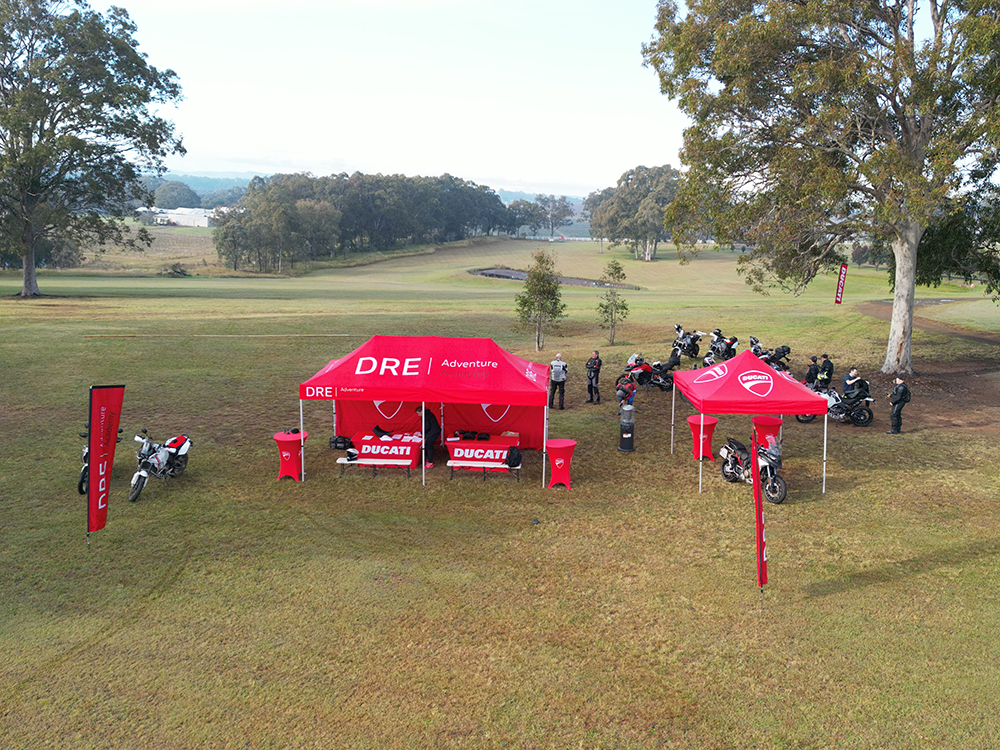
default
The DRE – or Ducati Rider Experience – will set you back $845, which seems expensive compared to, say, Stay Upright’s $350 adventure course, but the DRE course is a two-day affair compared to Stay Upright’s one, plus includes lunch both days as well as refreshments and dinner at the end of the first day. On top of that you get a showbag with a few goodies in it, and a certificate that you can stick on the fridge and show your mates.
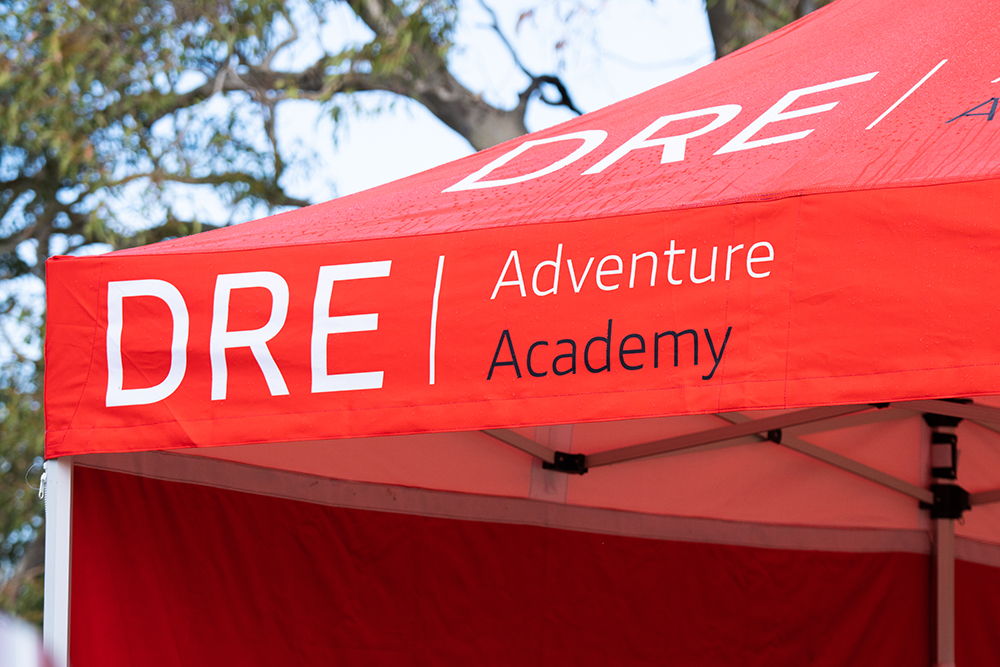
Group size is capped at 15 riders so there’s plenty of time to ask the instructors, Nick Selleck and Paul Bray, questions and for them to offer useful feedback during each module. Another benefit of being a smaller group is the inevitable camaraderie that develops between the participants. The disadvantage is you can’t sneakily opt out of a more intimidating drill like riding across a balance beam, for instance. Not that there’s any real need for sneaky opt outs, because it’s made really clear that if you’re not comfortable doing a particular drill you don’t have to… but in a group of blokes, sometimes pride is at stake.
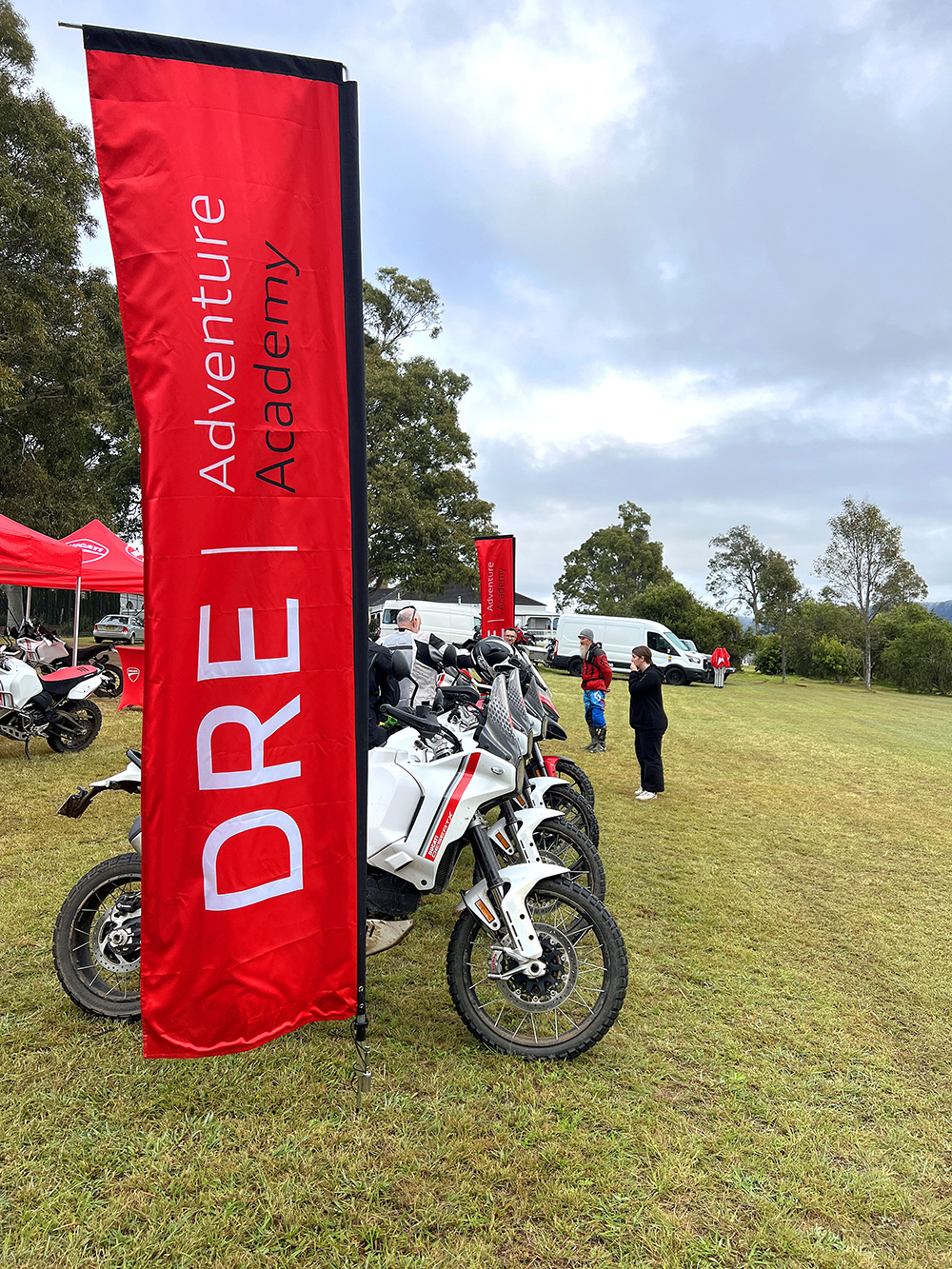
The course covers low-speed bike handling and exercises in clutch, brake and throttle control, braking drills, body position, footpeg weighting, negotiating hills, cornering techniques and tackling obstacles like rocks and logs. And because there are so many rider aids at hand on Ducati’s adventure machines, the instructors even explain and demonstrate the various modes and electronics offered by the marque. Which will be a real advantage for a lot of riders who can become bamboozled, or even complacent, about the breadth of the tech on offer.
Practical drills are interspersed with classroom time that goes into basic adventure bike repairs, bike prep, maintenance, tools to pack and loading up your Ducati for your next big adventure.
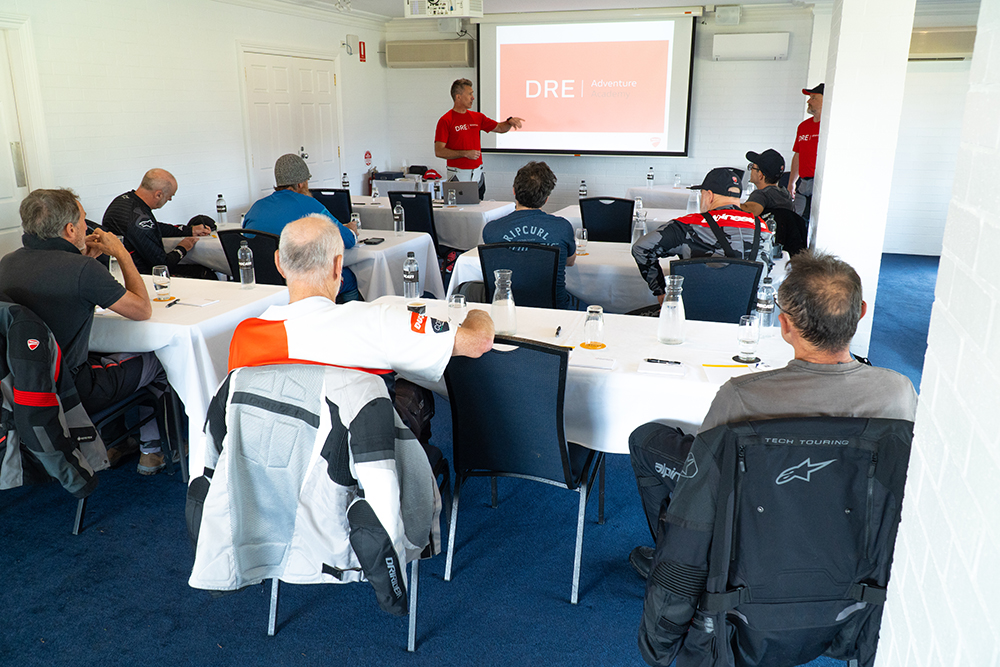
With plenty of real estate to ride on, the first day was spent in the Kirkton Park paddocks going through the practical drills. First up is a brief classroom session after which Nick and Paul run the group through the importance of stretching before climbing on your bike. Out among the mist-covered hills doing stretches in the early morning I felt like I was at an introductory Tai Chi class, but it really makes a difference after you pull up after a solid day on the bike relatively pain free.
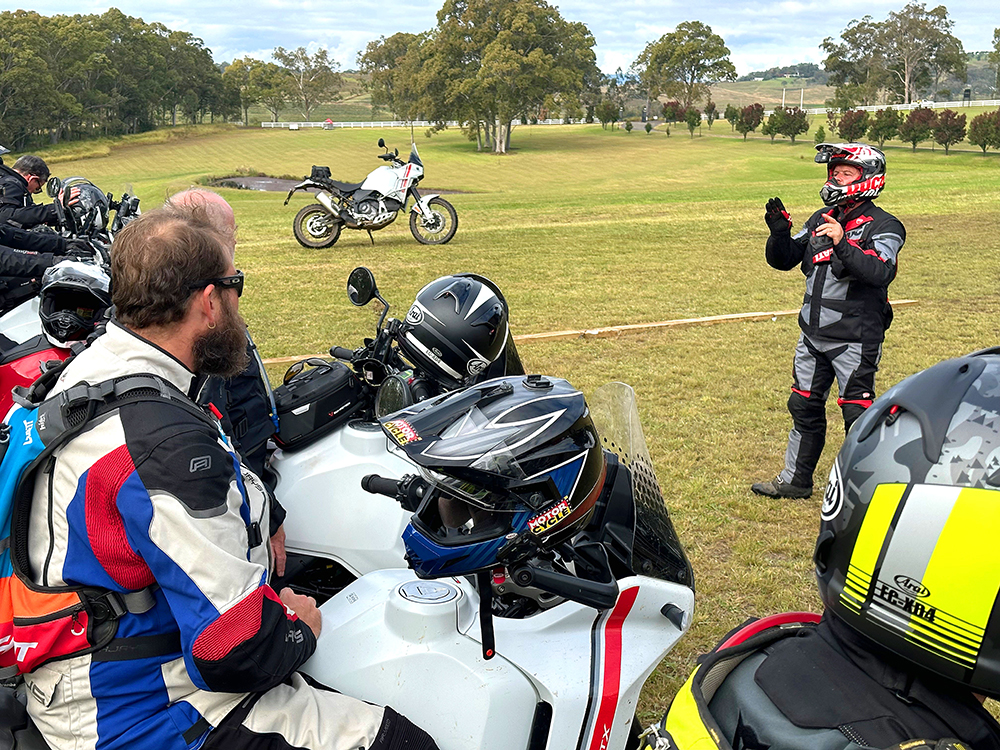
The braking drills, which explored the advantages and limitations of the ABS system on the DesertX, were a real eye opener for me. The standard ABS is fantastic to a point on slippery surfaces, but in off-road mode – which significantly reduces front intervention and switches the rear off altogether – I was able to reduce my stopping distance considerably compared to having full intervention or no ABS at all. I’ve always been one to switch ABS off completely when I head off-road, but on modern machinery like the DesertX the electronics are so good that utilising off-road modes which have been developed specifically to get the best out of certain conditions is now a no-brainer. Not all bikes are quite there yet, admittedly, but these tech-laden ones are, and it’s what I’ll trust and be running with from now on.
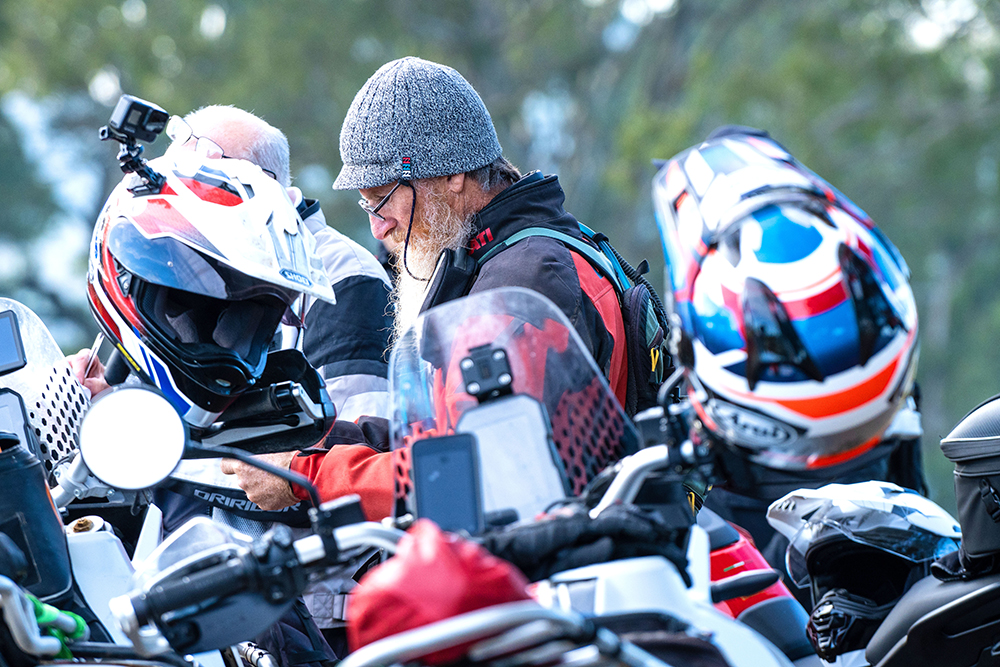
It’s a similar story with traction control; unless you’re on some really nasty off-road stuff the traction control system works so well that I encourage you to have a play with the ride modes and intervention levels. Gone are the days when you needed to turn traction control off to have a ball in the bush.
We’ve all heard it, and we all fail at it, but looking ahead is one of the biggest keys to riding of any type. And that was brought home on the balance beam drill. The balance beam is simply a couple of lengths of lumber lined up on the ground which you need to ride along. Sounds simple, and it is as long as you’re looking ahead and not at your front guard. This simple task really brings home the importance of not just looking ahead, but body position, throttle control and being smooth and relaxed on the bike. Get any of those wrong and you’re guaranteed to come off the rails.

The day is split in half by a splendid lunch before heading out for more drills in the afternoon. We did some work on picking up a fallen adventure bike, and how to handle hills if it goes pear-shaped on the way up and you need to turn your behemoth around and get back down.
The highlight for me, and I’m sure it was for Nick and Paul, was the difference in the confidence levels of the participants at the end of the day. I remember watching some the participants riding tentatively into the venue that morning and then watching the same bunch letting the roost fly when lessons were over at the end of the day. It’s a testament to the training provided and how the knowledge gained increases confidence – it was a much more enthusiastic gang that fronted up for day two.
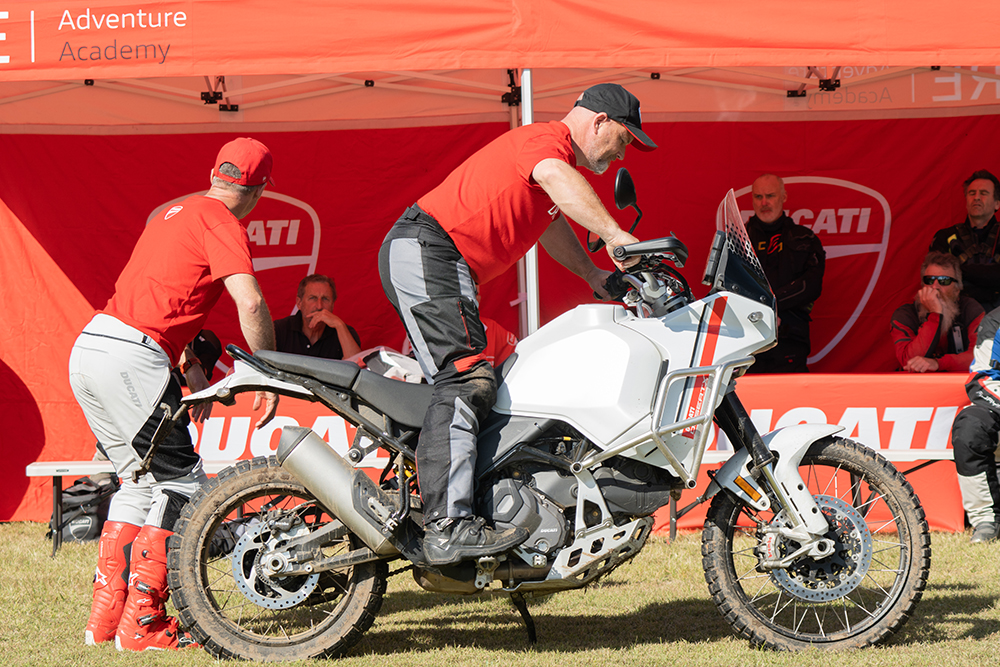
Day two started with another brief classroom session before we were let loose on public roads. There was a short transport section before turning off and heading into Yengo National Park to pull together everything we learnt the previous day and put it into practice on roads that most adventure riders would typically find themselves on.
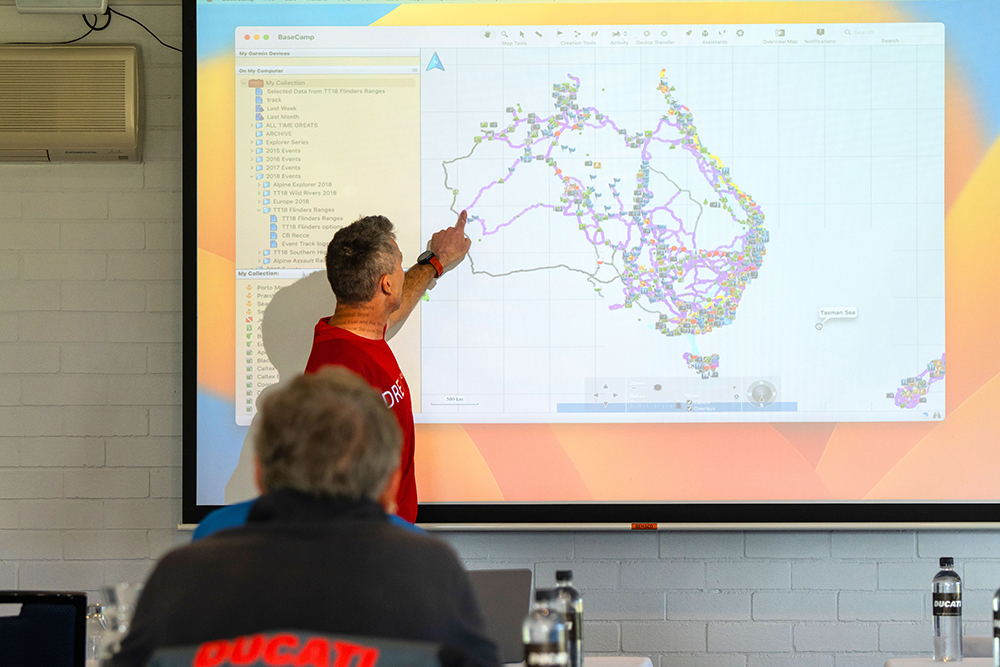
It’s all dirt-road stuff so you won’t be heading down singletrack or jumping logs and, although we encountered plenty of rocks and sand, there was nothing particularly daunting.
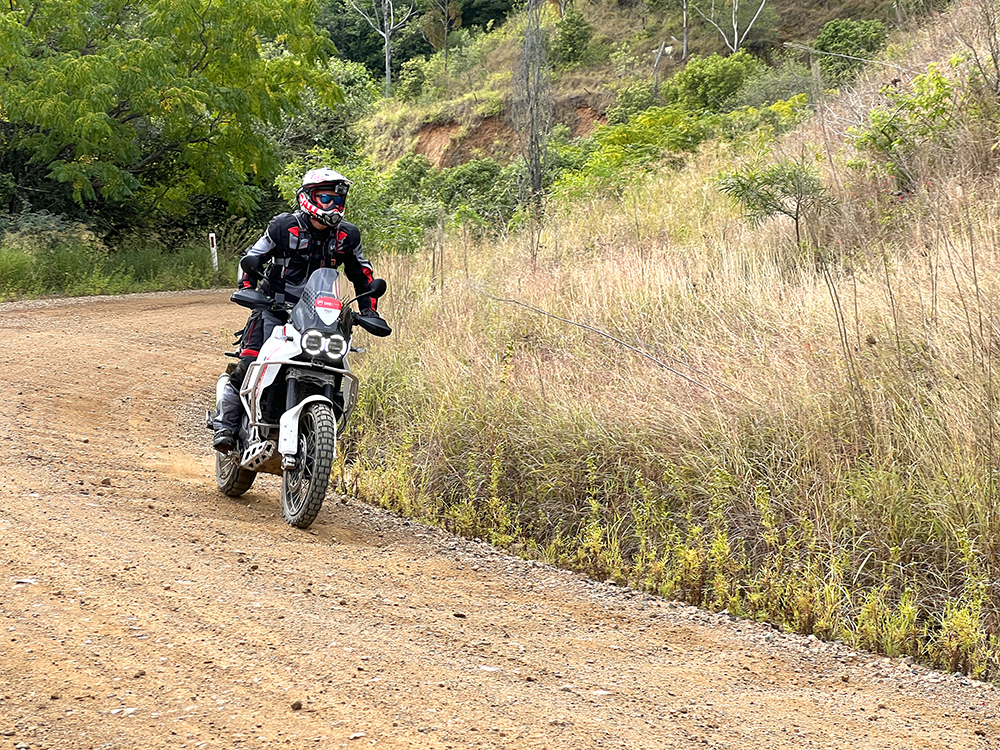
Roadside lessons happen frequently enough to be useful without being tedious, and we covered things such as jumping off and over contour drains, how to deal with sand, line selection and body position. We ran a leapfrog type of system, where each rider is tailed by Nick so he can check out your style, or lack thereof, before that rider drops back and the next in line would assume the position ahead. At the next stop Nick and Paul would offer constructive feedback which you then put into practice.

The drills were informative and fun, but there’s nothing like getting out and having some fun on terrain perfectly suited to a big powerful adventure bike. Again, as the day wore on the speeds came up, and we were ripping along like legends compared to the uncertain bunch who fronted up on day one.
The curriculum is comprehensive and lays out the basics in an easy to understand way with plenty of demonstrations from the instructors so you’re never sitting there wondering what the hell you’re supposed to be doing. I never felt pressured by anyone but myself to complete a drill, and Nick and Paul were friendly, approachable and genuinely happy to help you improve your riding.

I completed Stay Upright’s adventure course about 10 years ago. I loved it, learnt a ton and rode away a much more competent rider.
Despite having many more miles under my belt by the time I lobbed up for the DRE Adventure Academy, I walked away far more confident than when I arrived.
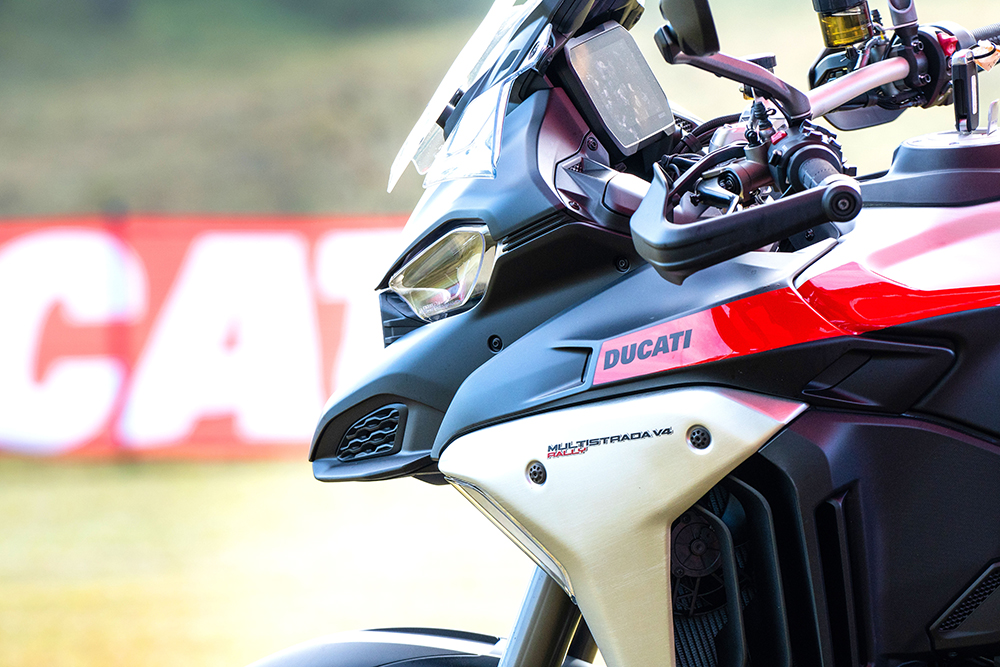
As a reasonably experienced rider, I can honestly say that I didn’t hear anything from the coaches that I didn’t already know – with the exception of electronics that simply didn’t exist 10 years ago, but what really hit home was how many of the basics I just wasn’t doing anymore. The upshot of that is that the DRE is perfect for adventure bike beginners right through to more experienced riders like myself who are full of bad habits and complacency.
Riding any bike well is as much in the head as it is in the skill and experience level you can bring to bear, but here’s the thing: being taught the right skills improves your confidence and that gets your brain ready for the ride ahead as much as the skills do. And when those two came together I found myself riding quicker but safer while enjoying my riding a lot more.
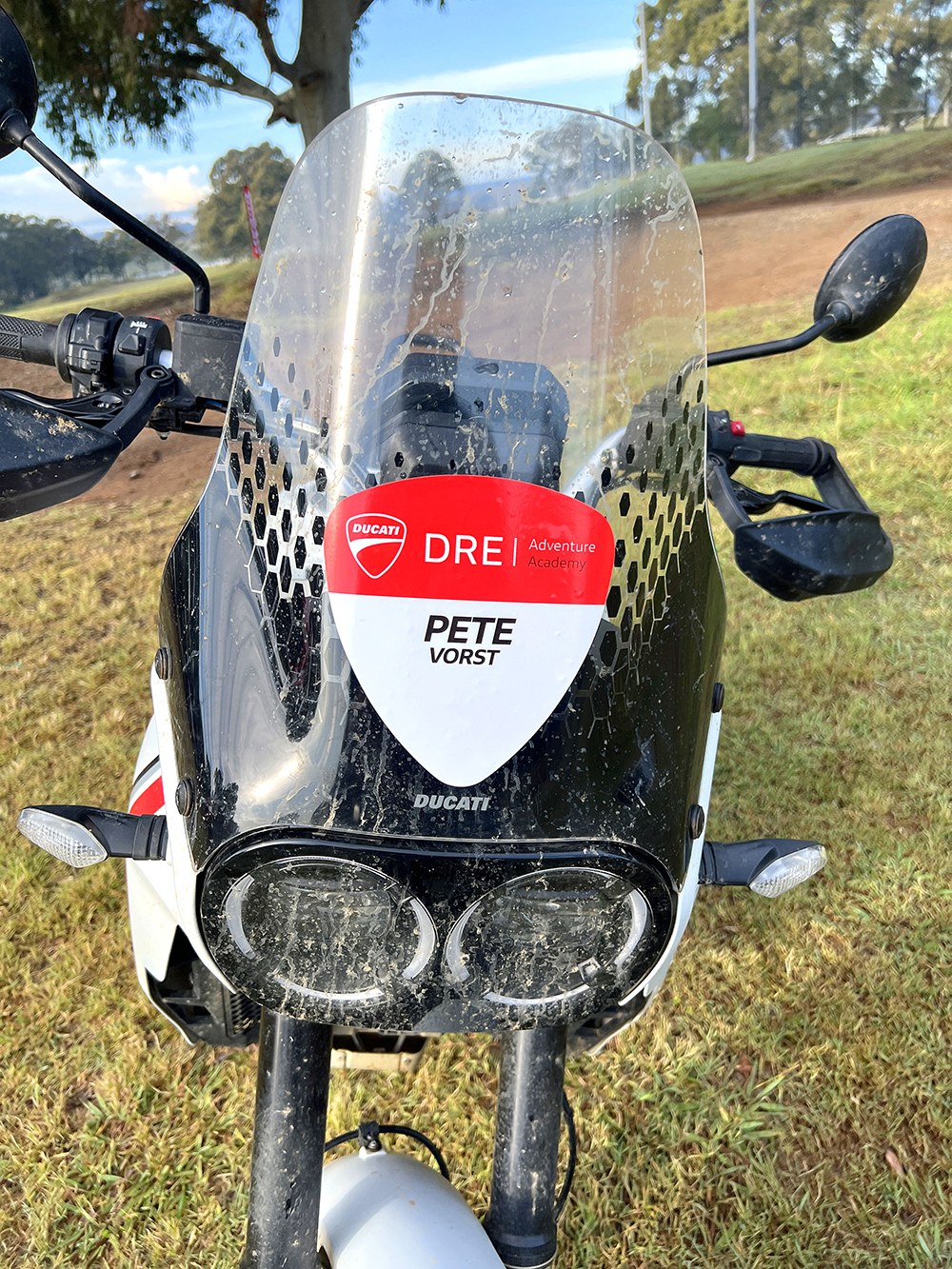
You can spend as much dough as you like tricking up your DesertX or Multistrada, but all the bling in the world can’t compensate for good technique and confidence in both your machine and your ability. I walked away a safer, better and happier adventure bike rider than when I went in. And that’s worth every single cent.

MASCHINE LEARNING
The DRE Adventure Academy is run by a third-party company called Maschine which is headed by lead coach Nick Selleck. Maschine has been organising adventure tours since 2011 and has offered dedicated adventure rider training for all makes and models since 2015.
Nick has worked in the motorcycle industry for over four decades and has been riding off-road for over 45 years, so he knows his onions. Maschine partnered with Paul Bray from Safe2Ride for several training courses over the past six years and Nick is assisted by Paul at the DRE events. Paul also has decades worth of experience and has accrued masses of coaching experience through his own businesses, Trials Experience and Safe2Ride.
You can find out more information on Maschine here and Safe2Ride here

TEST: PETE VORST PHOTOGRAPHY DAMIEN ASHENHURST